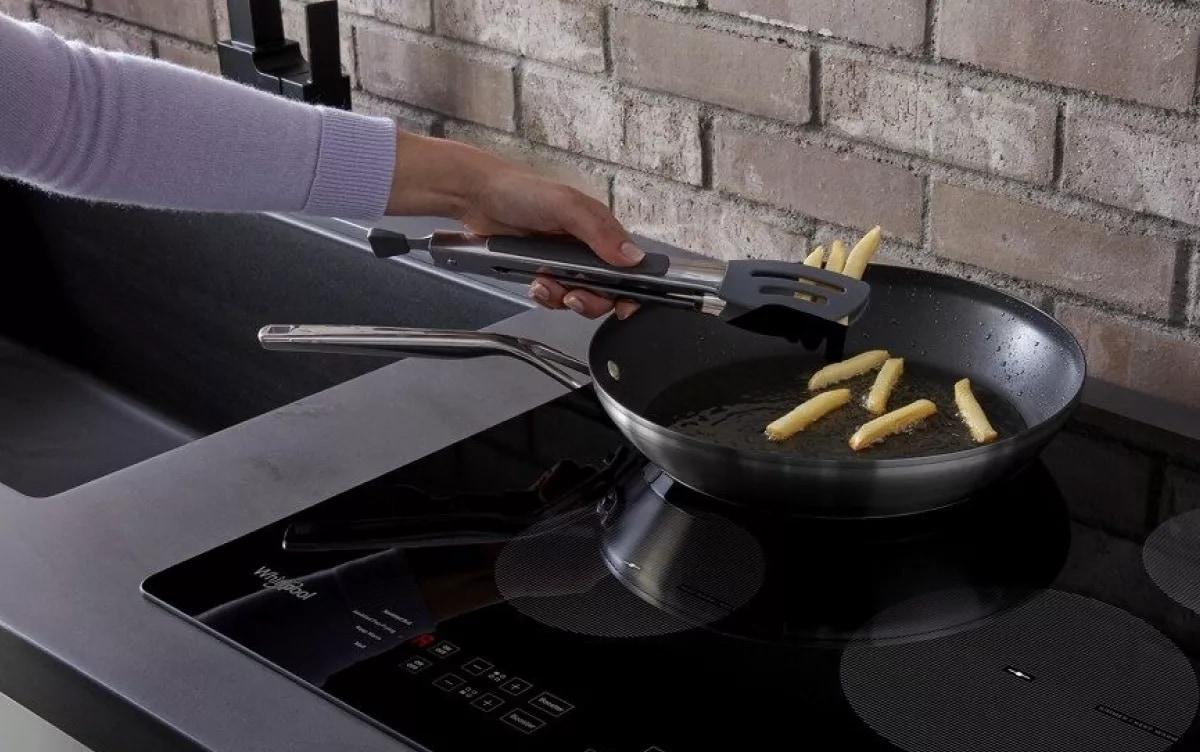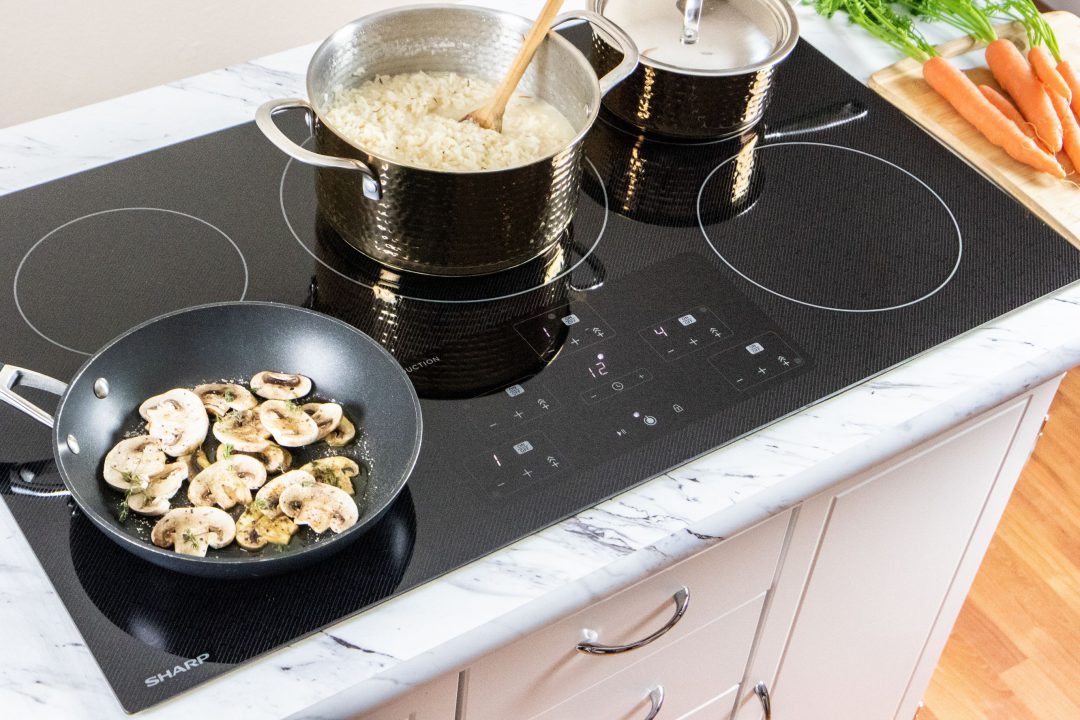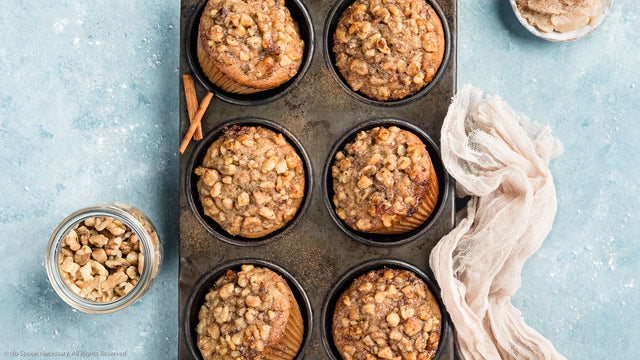For kitchen professionals, mastering the art of slow cooking in cast iron on induction is a skill that elevates culinary creations. The combination of cast iron and induction cooking offers a plethora of benefits, including even heat distribution and energy efficiency. Whether you're a seasoned chef or a culinary enthusiast, understanding how to harness these advantages is crucial for delivering mouth-watering dishes.
At the heart of this cooking method lies the compatibility of cast iron with induction cooktops. Unlike traditional gas or electric stoves, induction cooktops use electromagnetic technology to heat the cookware directly. This method is not only efficient but also safe and environmentally friendly. To explore more about how induction cooktops work, you can visit this Consumer Reports article.

The Science Behind Cast Iron and Induction
Cast iron is renowned for its ability to retain heat, making it perfect for slow cooking. When paired with an induction cooktop, it becomes a powerhouse of culinary possibilities. The ferrous material of cast iron is highly responsive to the magnetic fields generated by induction cooktops, ensuring even and consistent heating across the pan. This synergy is what makes slow cooking in cast iron on induction a preferred choice for many professionals.
Benefits of Using Cast Iron on Induction
One of the primary advantages of using cast iron on an induction cooktop is its energy efficiency. Induction cooktops transfer heat directly to the cookware, reducing energy loss and cooking times. This efficiency translates to cost savings and a lower environmental impact. Additionally, the precise temperature control offered by induction cooktops allows for perfect simmering and slow cooking of delicate dishes.
For more information on how induction cooking works with cast iron, check out this Field Company guide.
Perfecting Slow Cooking Techniques
To achieve the best results when slow cooking in cast iron on induction, there are several techniques and tips to consider. First, preheat your cast iron cookware on low to medium heat to ensure even temperature distribution. This step is crucial for avoiding hot spots and ensuring that your ingredients cook uniformly.
Another important technique is to season your cast iron regularly. A well-seasoned cast iron pan not only enhances the flavor of your dishes but also prevents sticking and makes cleaning easier. If you're interested in learning more about seasoning cast iron, visit our detailed guide.
Choosing the Right Ingredients
When it comes to slow cooking in cast iron on induction, ingredient selection plays a vital role. Opt for cuts of meat that benefit from slow cooking methods, such as beef brisket or pork shoulder. These cuts become tender and flavorful when cooked slowly over low heat. Additionally, incorporating aromatic vegetables like onions, garlic, and carrots can enhance the depth of flavor in your dishes.
Challenges and Solutions
While the combination of cast iron and induction cooking offers numerous advantages, it also presents some challenges. One common issue is the potential for scratching the glass surface of the induction cooktop. To prevent this, always lift your cast iron cookware instead of sliding it across the surface. For more tips on protecting your induction cooktop, explore our informative article.
Maintaining Your Cast Iron
Proper maintenance of cast iron cookware is essential for its longevity and performance. After each use, clean your cast iron with warm water and a soft brush, avoiding harsh detergents. Dry it thoroughly to prevent rusting and apply a thin layer of oil to maintain its seasoning. For more detailed instructions on caring for your cast iron, you can read this Lodge Cast Iron guide.
Conclusion
The art of slow cooking in cast iron on induction is a rewarding endeavor for kitchen professionals. By understanding the science behind this cooking method and employing the right techniques, you can create dishes that are both flavorful and visually stunning. As you continue to experiment and refine your skills, you'll find that this combination of technology and tradition opens up a world of culinary possibilities.

FAQ
Can all cast iron cookware be used on induction cooktops?
Yes, most cast iron cookware is compatible with induction cooktops due to its ferrous material. However, it's important to ensure that the cookware is flat and smooth to avoid damaging the cooktop surface.
Is slow cooking on induction more energy-efficient than on gas?
Yes, induction cooking is generally more energy-efficient than gas cooking. It heats the cookware directly, reducing energy loss and cooking times.
How do I prevent my cast iron from rusting?
To prevent rusting, always dry your cast iron thoroughly after washing and apply a thin layer of oil to maintain its seasoning. Store it in a dry place to avoid moisture exposure.






Leave a comment
This site is protected by hCaptcha and the hCaptcha Privacy Policy and Terms of Service apply.